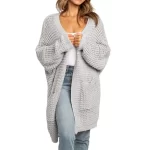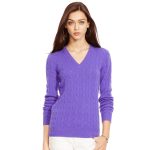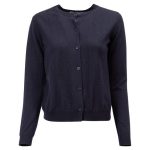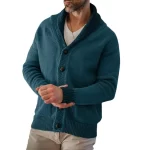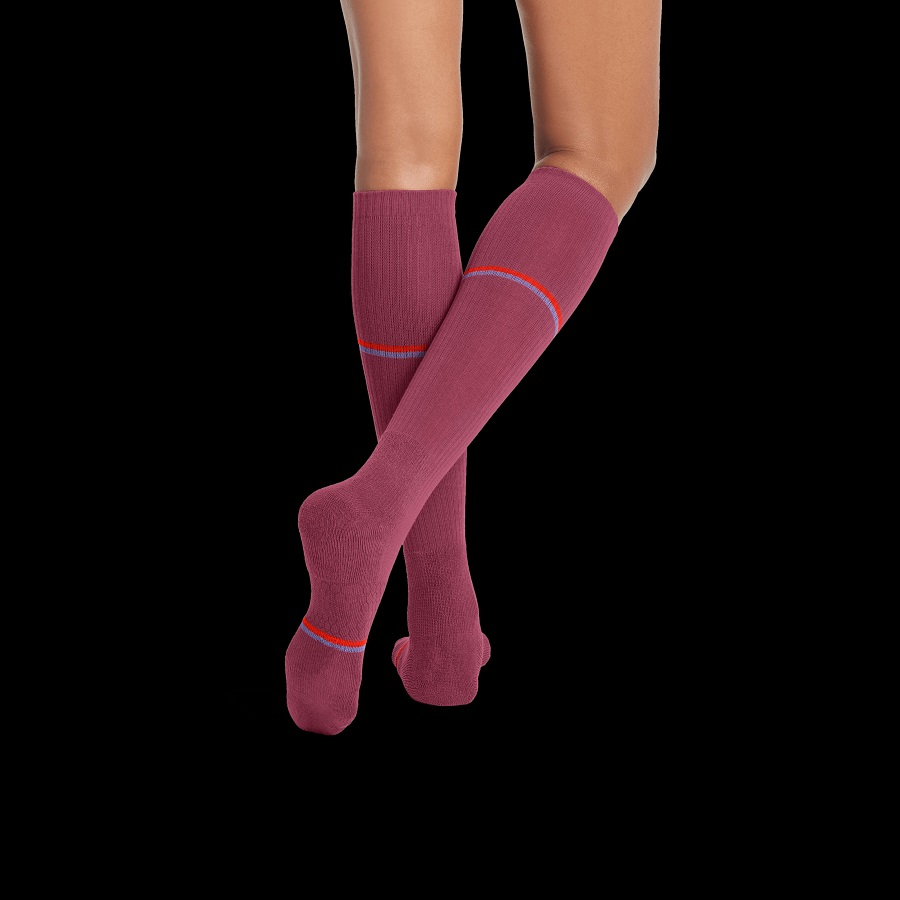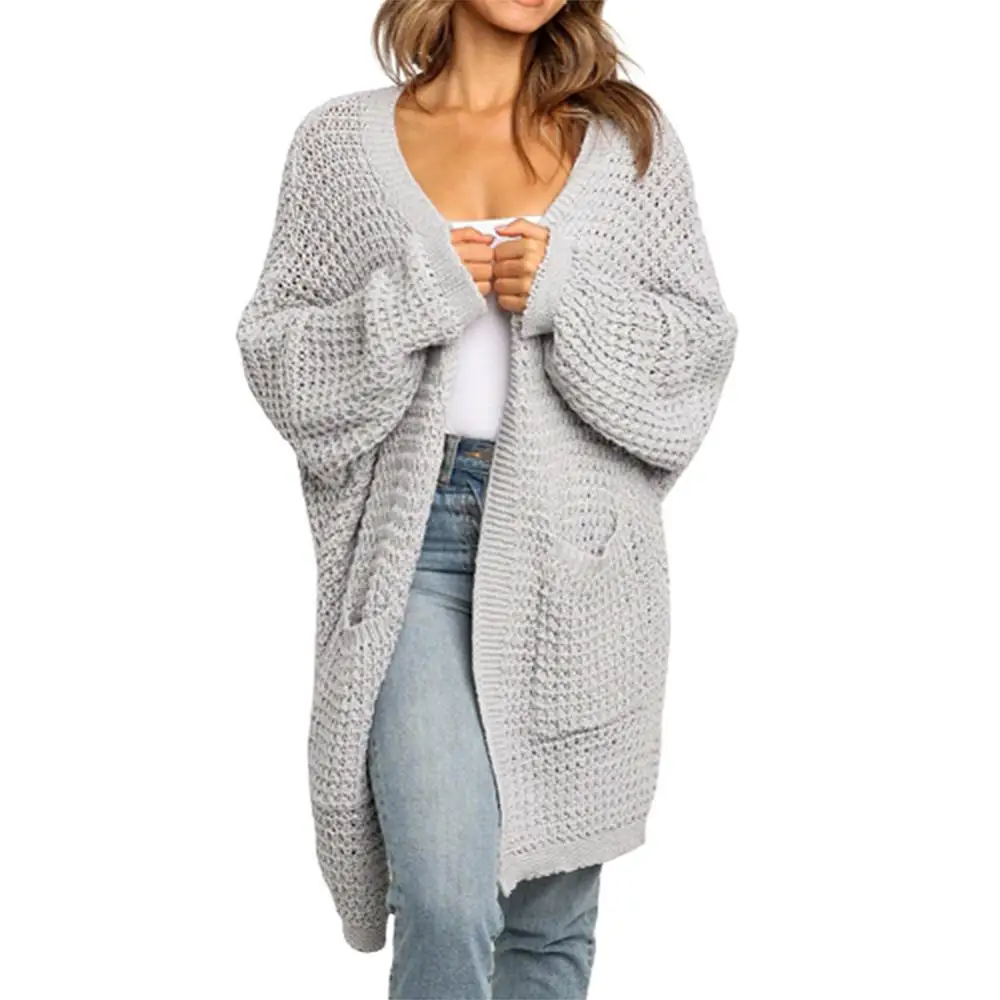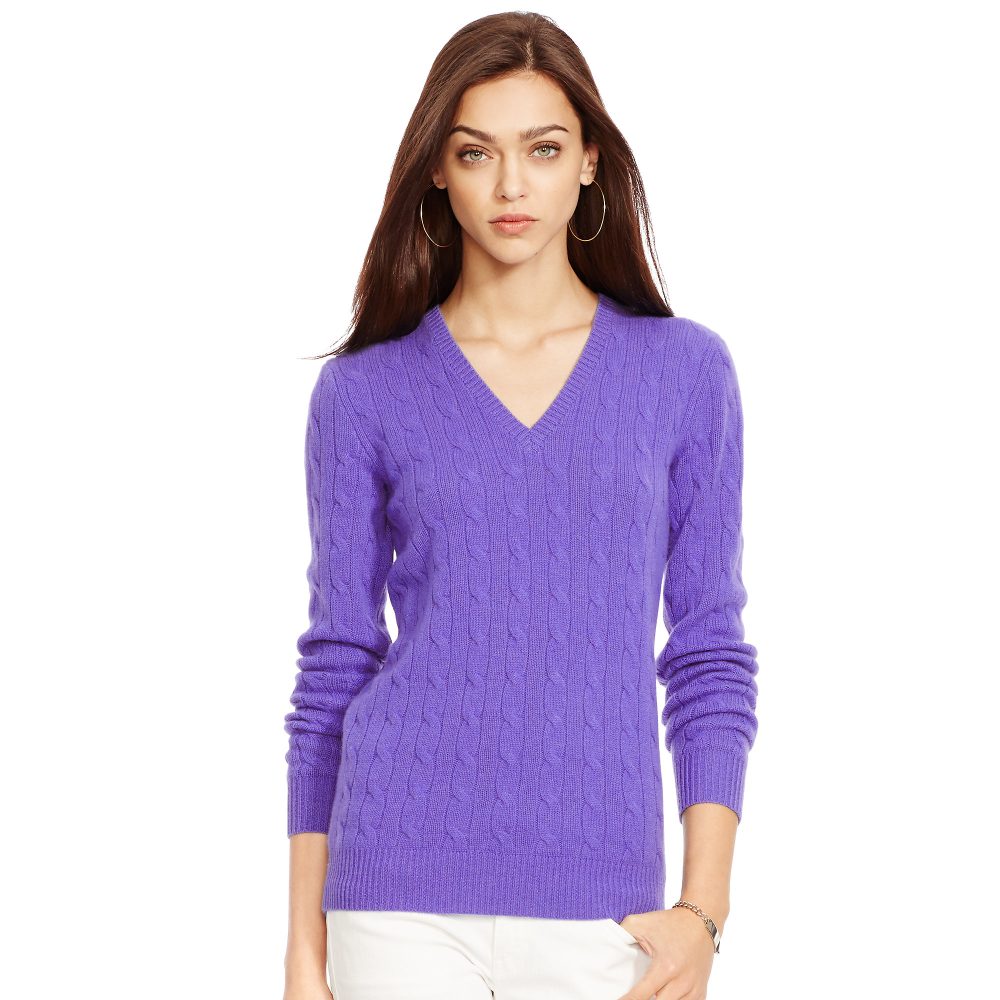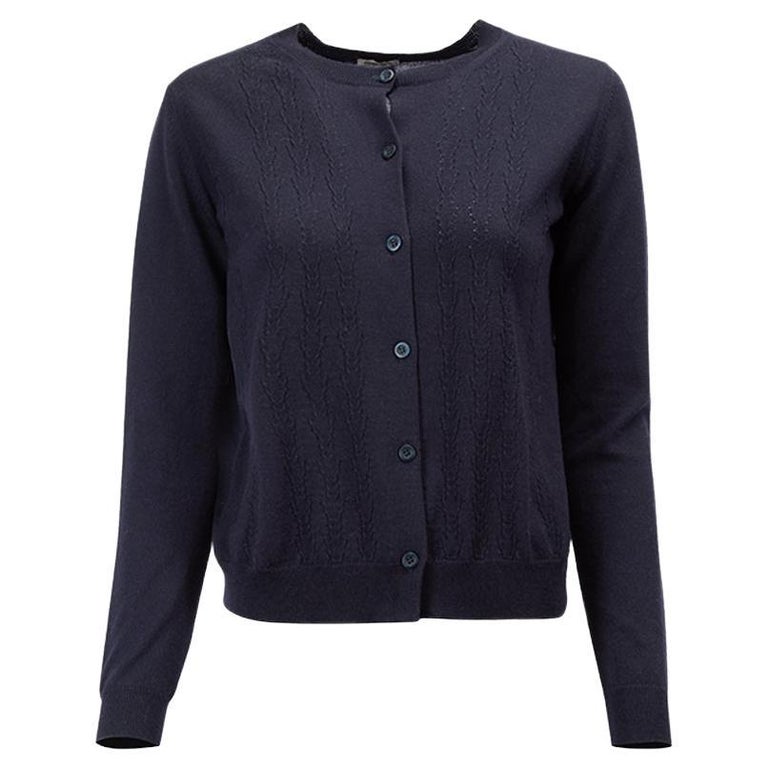The Benefits of Compression Socks for Women
Compression socks offer numerous advantages, especially for women. These benefits range from improved circulation to reduced swelling, making women’s compression socks a worthy addition to any wellness routine.
Improved Circulation
Women’s compression socks gently apply pressure to the legs. This supports better blood flow. Better circulation can help prevent tired, aching legs after long days.
Reduced Swelling and Discomfort
Standing or sitting for extended periods often leads to swelling. Compression socks help minimize this by promoting fluid return to the heart. This action can alleviate discomfort and prevent serious medical issues.
Enhanced Performance in Activities
Whether you’re an athlete or enjoy regular exercise, women’s compression socks can improve your performance. They help by reducing muscle fatigue and speeding up recovery times post-workout.
Prevention of Varicose Veins
Many women struggle with varicose veins. Wearing compression socks can aid in preventing them. The socks maintain steady pressure, reducing the risk of vein enlargement.
Travel Comfort
Travel involves long periods of immobility, which can be harsh on your legs. Compression socks are a travel essential, helping reduce the risk of deep vein thrombosis (DVT) and leg soreness on long flights.
Support During Pregnancy
Pregnant women benefit greatly from compression socks as they help manage the increased leg pressure and fluid retention common during pregnancy.
By integrating women’s compression socks into your life, you can enjoy these health and comfort advantages. Remember to pick the right type for your needs to optimize the benefits.
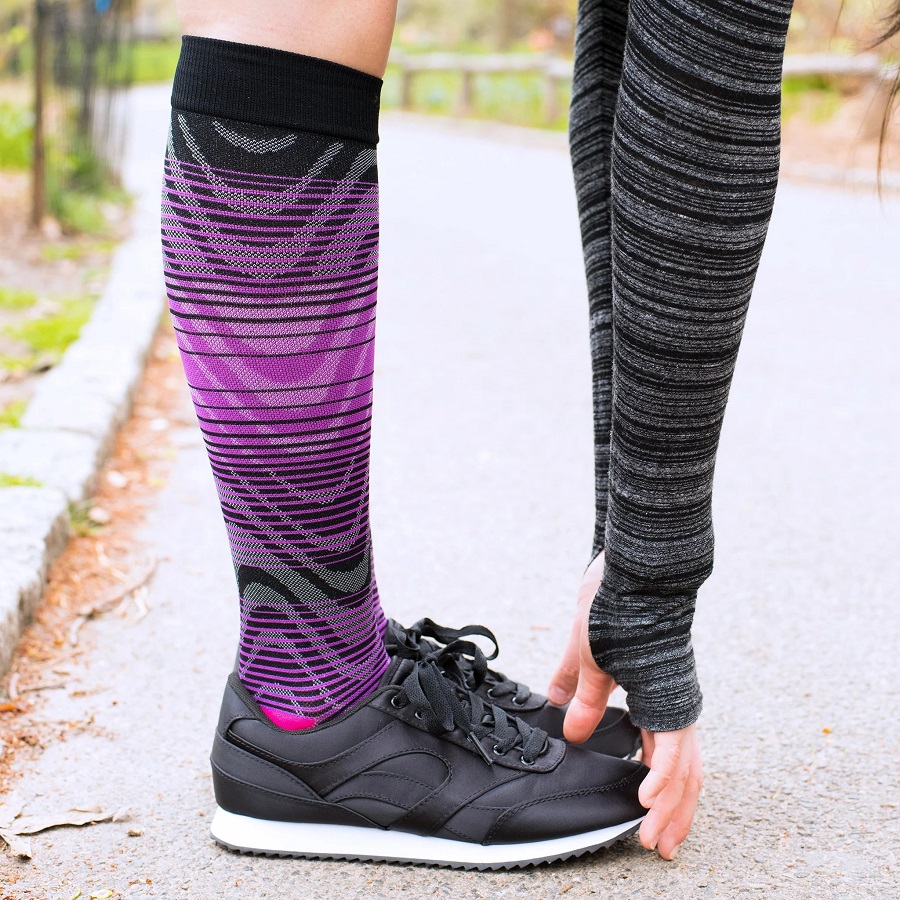
How Compression Socks Work for Different Activities
Women’s compression socks are a versatile item that can support various activities. Here’s how they serve different purposes:
Running and High-Impact Sports
In activities like running, the socks enhance blood flow. This reduces leg fatigue during and after exercise. They also cushion the feet, adding comfort.
Office Work and Prolonged Sitting
For jobs that involve long hours of sitting, compression socks prevent blood from pooling. They reduce the risk of swelling and blood clots.
Pregnancy and Daily Wear
During pregnancy, compression socks can support the increased weight. They help manage swelling and boost circulation, which is critical during pregnancy.
Travel and Immobility
When traveling, especially by air, the risk of DVT rises. Women’s compression socks maintain circulation, fighting the risks associated with long periods of inactivity.
Medical Recovery
Post-surgery or during recovery from injury, these socks can speed up healing. They do this by improving blood flow to the affected area.
By choosing the correct type of women’s compression socks for each activity, women can maximize their benefits. Support, comfort, and health are just a sock away!
Choosing the Right Fit and Size
Choosing the right fit and size for women’s compression socks is crucial. It ensures effectiveness and comfort. A poor fit can lead to discomfort or reduced benefits. Here are some key factors for selecting the best fit:
Measure Your Legs Accurately
Measure the circumference of your ankle, the widest part of your calf, and your leg length from heel to knee. These measurements guide you to the correct size.
Consult Size Charts
Refer to the size charts provided by compression sock brands. Match your measurements to find the ideal size.
Check the Compression Level
Compression socks come in various levels. Mild compression suits daily wear, while higher levels may be prescribed for certain conditions.
Try Them On
If possible, try the socks on before buying. They should feel snug but not painfully tight.
Consider Adjustability Features
Some socks come with adjustable features like Velcro straps. These can help customize the fit.
Seek Professional Advice
If in doubt, seek advice from a healthcare professional or a fitting expert. They can recommend the best fit tailored to your needs.
By focusing on these points, you’ll find women’s compression socks that fit well. They will serve their purpose without causing issues. A good fit contributes to better blood flow and maximum comfort.
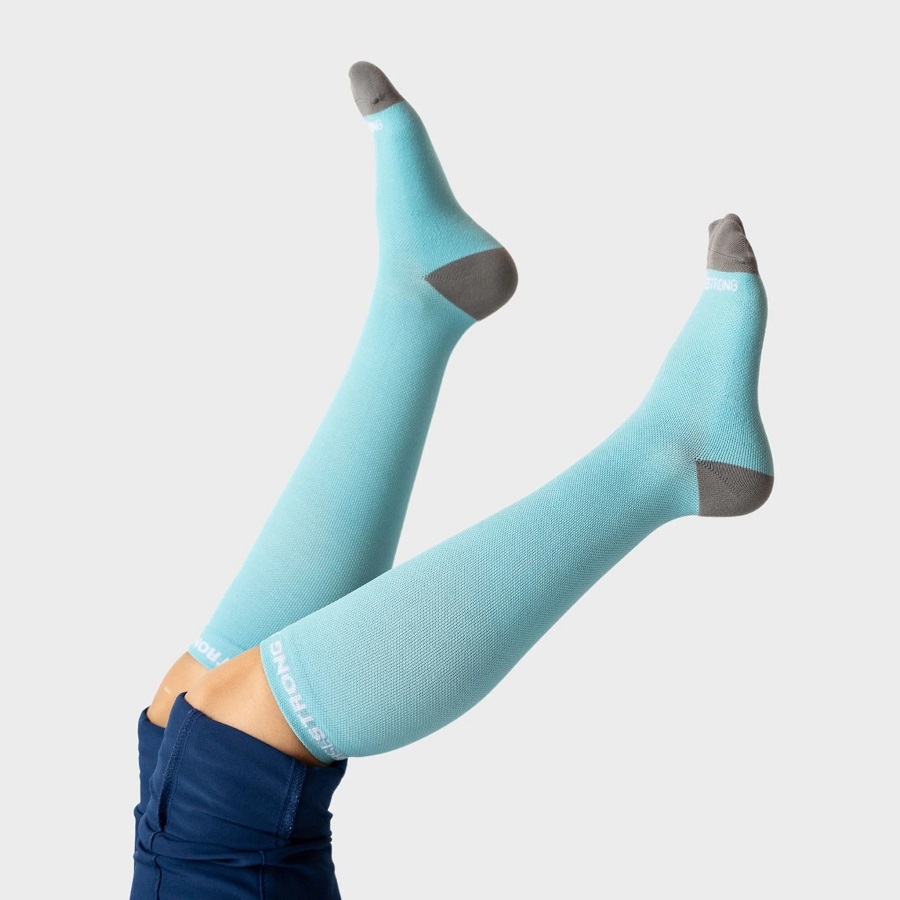
The Different Types of Compression Socks Available
Understanding the different types of women’s compression socks is vital in picking the right pair for your needs. Here we explore the major categories available on the market.
Graduated Compression Socks
These socks offer varied compression strength at different points. They are tightest around the ankle and decrease in pressure up the leg. They work well for athletes and those who stand for long hours.
Anti-Embolism Socks
These are similar to graduated socks but have a specific medical focus. They help prevent deep vein thrombosis in those who are not mobile. Doctors often recommend them for patients post-surgery.
Non-Medical Support Hosiery
Offering uniform compression, these socks are great for those who feel leg fatigue. They are less technical than other types and suitable for everyday wear.
Each type caters to specific needs. Whether for sport, medical reasons, or daily comfort, there’s a compression sock out there for every woman. When choosing, consider your lifestyle and any advice from healthcare professionals. This ensures you gain the full benefits of women’s compression socks.
Caring for Your Compression Socks
Proper care is essential to maintain the quality and efficacy of women’s compression socks. Here’s what you should keep in mind:
Washing Instructions
Wash your compression socks after each use to remove sweat and oils that can break down the elastic. Turn them inside out, and use mild soap. Choose a gentle cycle on your washing machine or wash them by hand in cool water.
Drying Tips
Avoid high heat when drying as it can damage the fibers. Lay the socks flat or hang them up to air dry. Keep them away from direct sunlight to prevent fabric from weakening.
Storage Solutions
Store your socks in a cool, dry place. Make sure they are not crumpled or folded in a way that may cause the fabric to stretch or lose its shape.
Regular Inspection
Check your socks often for signs of wear and tear. Look for stretched areas, fabric thinning, or holes. Replace them if they no longer provide the correct level of compression.
Avoiding Damaging Agents
Keep your compression socks away from harsh chemicals like bleach. These can degrade the material. Also, avoid lotions and creams that may affect the material’s elastic properties.
By following these care tips, you can extend the life of your women’s compression socks. This ensures they continue to provide the intended compression and support.

Popular Materials and Fabrics Used
When shopping for women’s compression socks, the material is a crucial factor to consider. It affects comfort, durability, and the level of compression provided. Here are some popular materials used in compression socks:
Synthetic Fabrics
Synthetic fabrics like nylon and spandex are common in compression socks. These materials are stretchy and offer excellent durability. They maintain the necessary pressure over time. Spandex ensures the socks return to their original shape after stretching.
Natural Fibers
Some compression socks add natural fibers such as cotton or wool. These materials increase comfort. They are soft against the skin and provide good moisture absorption. This makes the socks a good choice for everyday wear.
Blended Materials
A blend of synthetic and natural fibers is also popular. This combination takes advantage of durability and comfort. Blended fabrics can wick away moisture while providing consistent compression.
Microfiber
Microfiber is a choice for its breathability and soft texture. This material is gentle on the skin. It is also efficient at keeping the legs cool and dry. Microfiber compression socks are great for all-day wear.
Silver Infused Fabrics
For those concerned with odors, some socks come with silver-infused fibers. Silver has natural antibacterial properties. It helps to minimize odors, making it ideal for those with active lifestyles.
By understanding the materials and fabrics used in women’s compression socks, you can select the perfect pair to match your needs and preferences. Comfort, durability, and proper compression are all influenced by the fabric choice. Always opt for high-quality materials to ensure the best performance and longevity of your compression socks.
Addressing Common Myths About Compression Socks
When it comes to women’s compression socks, several myths may deter individuals from trying them out. It’s essential to dispel these misconceptions for users to make an informed decision. Here we tackle some common myths:
Myth 1: Compression Socks Are Only for the Elderly
The belief that only older adults need compression socks is widespread, but incorrect. Women of all ages can reap the benefits, whether they’re athletes or office workers, pregnant or traveling.
Myth 2: They Are Uncomfortable and Ugly
Many think compression socks are tight and visually unappealing. This isn’t the case. Modern women’s compression socks come in various colors and styles, and when sized correctly, offer comfort alongside style.
Myth 3: Only those with Medical Conditions Need Them
This myth couldn’t be further from the truth. While they do aid specific conditions, women’s compression socks also prevent issues and improve comfort for people in good health.
Myth 4: Compression Socks Can’t Be Fashionable
Today’s market defies this myth. Designers have created fashionable options that can blend seamlessly with any wardrobe.
Myth 5: They Are Too Difficult to Put On
Initially, they may be snug, but proper technique and products designed to help don make them manageable for daily wear.
Myth 6: Compression Socks are Too Hot for Summer
Manufacturers use breathable fabrics to ensure comfort in all seasons, making them suitable for year-round use.
By understanding and dismissing these myths, women can confidently choose compression socks tailored to their lifestyle, ensuring better health and comfort.
Tips for Incorporating Compression Socks into Your Daily Routine
Incorporating women’s compression socks into your daily life can seem daunting at first. But with the right approach, it can be simple and beneficial. Here are tips to seamlessly add them to your day-to-day activities:
Start with Comfort
Choose socks made from materials you find comfortable. Soft fabrics that breathe make wearing them for long hours easy.
Gradual Introduction
Begin wearing your compression socks for a few hours at a time. Slowly increase the duration as you get used to them.
Pair with Various Outfits
Today’s compression socks come in many styles. Match them with different outfits to maintain a fashionable look.
Keep an Extra Pair at Work
Store an extra pair of compression socks at your workplace. Swap into them to soothe your legs during long sitting periods.
Use for Workouts
Wear them during exercise. They can reduce fatigue and support your muscles while you work out.
Travel Smart
Keep compression socks handy when traveling. They are essential in preventing leg issues during long flights or car rides.
Listen to Your Body
Pay attention to your body’s signals. If your legs start feeling heavy or tired, it might be time to put on your compression socks.
Make Them a Habit
Incorporate them into your daily routine like any other piece of clothing. Make wearing them as regular as putting on your shoes.
By following these tips, women’s compression socks will soon become a natural part of your daily life. They’ll offer comfort and health benefits, making your days more pleasant.

